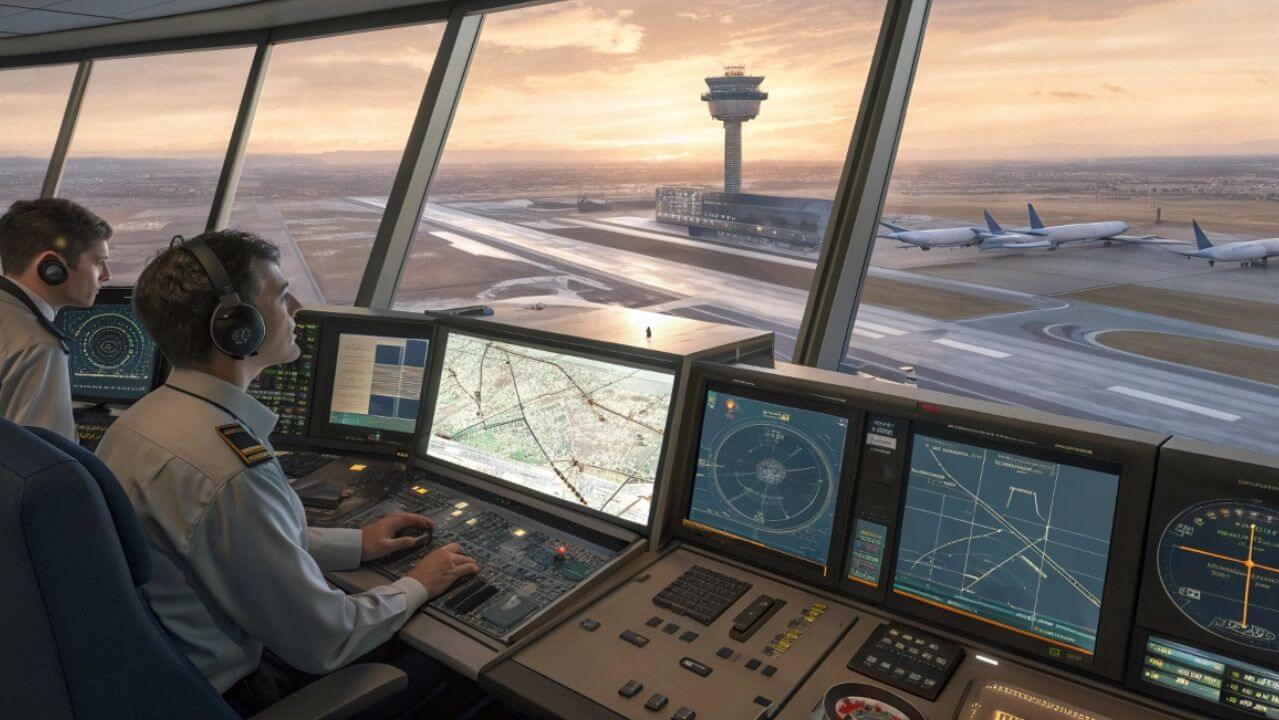A plane crash may not have occurred, but the United airlines flight ua770 emergency diversion has drawn serious attention. This incident highlights how airlines manage emergency landing procedures while keeping passengers safe. For travelers in the U.S., it serves as a reminder of how aviation safety protocols work when unexpected issues strike in the skies.
The Mid-Flight Emergency That Led to UA770’s Diversion
Every aviation incident begins with signals that must not be ignored. On United Airlines Flight UA770, the first signs came from the cockpit, where automated alert protocols and monitoring systems warned of irregularities. Detecting a potential issue in time made it possible to prevent what could have escalated into a more dangerous situation.
The early warning signs and alerts detected included technical readings linked to aircraft pressurization system fundamentals. The pilot and crew response in real time showed why crew resource management (CRM) training is vital. They immediately declared a squawk 7700 emergency code, which tells air traffic control (ATC) that the aircraft must divert urgently.
How the Diversion Was Executed Safely
A safe landing is never by luck—it is always by design. The coordination with air traffic control in this case was fast and clear. Controllers guided the Boeing 787-9 Dreamliner toward an alternative airport with the capacity to handle such emergencies.
The smooth landing despite high pressure demonstrated not just the skill of the crew professionalism, but also how aviation regulatory standards demand constant preparation. The aircraft touched down safely, reminding passengers that aviation safety preparedness is not a theory but a proven practice.
Passenger Experience During the Diversion
Inside the cabin, travelers quickly realized something unusual was happening. The onboard communication and reassurance from the cabin crew kept panic under control. Explaining procedures clearly prevented fear from spreading, a detail often overlooked in reports about recent U.S. plane crashes.
The emotional and psychological impact of an emergency diversion can be serious. However, stories from plane crash survivor stories show that passengers value crew calmness as much as technical skill. By focusing on reassurance, UA770’s team avoided chaos during a stressful event.
Immediate Support After Landing
Once on the ground, the medical checks and ground crew actions were swift. Emergency teams, including an air ambulance response to crash-like incidents, were prepared to assist. This level of emergency response teams shows how aviation safety statistics are improved by planning.
The safety inspections on the aircraft looked for both mechanical faults and system irregularities. The maintenance and technical support units worked closely with the United Airlines operations center, ensuring the jet could be examined before its return to service.
FAA and NTSB Role in the UA770 Incident
No event like this goes unexamined. The Federal Aviation Administration (FAA) response involves checking FAA safety standards for compliance. Their oversight ensures the airline continues meeting strict U.S. aviation laws.
Alongside the FAA, the National Transportation Safety Board (NTSB) probe investigates with a broader focus. Their mission is to determine whether the cause of the plane crash in other events is similar to what happened here. By studying incidents like UA770, they help prevent fatal small plane crashes in the U.S. from repeating.
Why Emergency Diversions Like UA770 Are Important
Every aviation accident teaches something new. The aviation safety lessons learned from this case include how survivor rescue efforts and crew training excellence save lives. Preventing a fatal plane accident is always the ultimate goal.
When asking how common are plane crashes in America, the answer is reassuring: not very. Diversions like this show the difference between a safe outcome and a disaster. According to aviation safety after crash incidents data, most emergencies end safely because of strict systems. For further insight, you can review FAA safety data at FAA.gov.

Passenger Rights in Flight Diversions
Few passengers know their full rights. Compensation rules and airline responsibilities require airlines to offer meals, lodging, or rebooking in some cases. The rules may vary, but airline passenger rights are a critical part of aviation law.
Knowing what travelers should know about safety procedures builds trust. If diversions occur, airlines must offer both support and clear information. More details about passenger protection are available at Transportation.gov.
Media Coverage and Public Reactions
When news spread, plane crash news today reports mistakenly caused fear before facts were confirmed. The news reports and social media buzz quickly shaped the story, showing the power of online reaction.
The impact on United Airlines’ reputation was mixed. While some criticized the airline, others praised the crew’s professionalism and safe outcome. This highlights how plane crash impact on communities can reach far beyond the flight itself.
Comparing UA770 to Past Aviation Incidents
Looking at similar diversions in recent U.S. plane crashes, we find parallels in rural aviation incident cases where light plane accident outcomes were worse. The difference here is technology and emergency response helicopter readiness.
Debates about pilot error vs mechanical failure remain central in many crash investigations. In UA770, the quick decision-making avoided disaster, adding another example to industry aviation industry comparisons.
Final Thoughts on the UA770 Emergency Diversion
The United Airlines flight ua770 emergency diversion was a powerful reminder of why aviation safety after crash incidents matters. Every safe landing, no matter the stress, shows progress in protecting passengers.
For those who follow aviation updates, learning from such cases strengthens awareness. If you’re interested in technology, safety, and travel insights, you can also visit Go Techanic, a resource that shares reliable perspectives across industries.
FAQs:
What caused the United Airlines Flight UA770 emergency diversion?
It was linked to a technical systems alert tied to cabin pressurization monitoring.
Were any passengers injured on UA770?
No injuries were reported, thanks to quick crew action and safety procedures.
How common are emergency diversions in the U.S.?
They are rare compared to the number of daily flights, showing strong safety records.
What steps does United Airlines take to ensure passenger safety?
They rely on simulator training, FAA oversight, and constant safety inspections.
Does an emergency diversion mean a plane crash is likely?
No, an emergency diversion is a safety step to prevent danger. Airlines take these actions before risks become critical, which is why most diversions; like United Airlines Flight UA770; end in safe landings.


